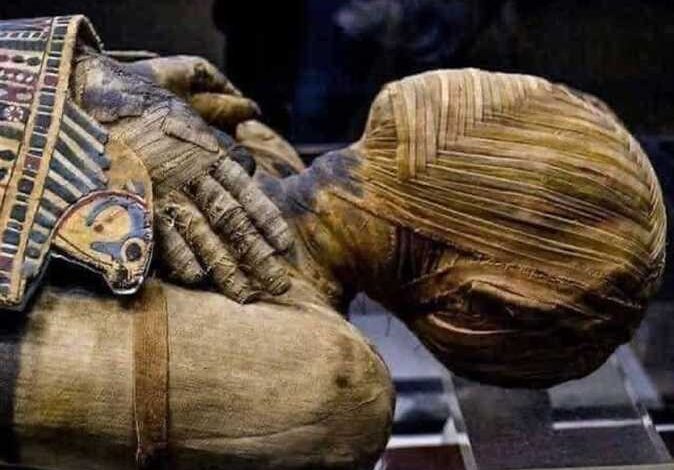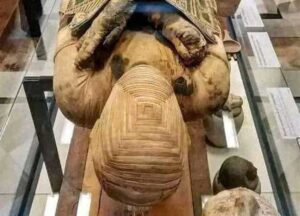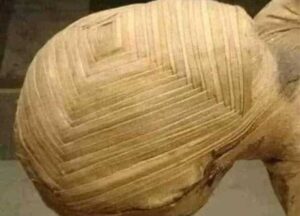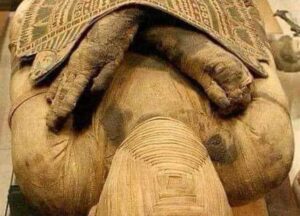
Ancient Egypt still hides a great amount of its secrets regarding its ancient artifacts and mummies. People to this day remark in awe at the civilizations method of building the pyramids, temples, the secrets of mummification, in addition to the ingenuity in designing statues which remain unparalleled in the world.
One such example of this ancient ingenuity is found in the mummy of Pacheri, which continues to astonish scientists even a century later.

The mummy of Pacheri was discovered in 1919 AD in the Valley of the Kings area in Luxor Governorate, by the famous Egyptologist Howard Carter.
Since then, it has attracted wide attention from scientists and researchers in the field of archaeology.

The mummy dates back to the Ptolemaic era between the second and early third centuries BC. During this time, the art of mummification reached its peak of quality.
Due to the lack of clear evidence or inscriptions that accurately identify the mummy, there is still a difference in the way the mummy’s name is pronounced.

But from the distinctive and precise mummification method, it was identified that Pacheri came from a wealthy class. The position it held was not known exactly, as it was stolen in the late nineteenth century, and is currently on display in the Louvre Museum in France.
With the complex and precise mummification method and the way the linen was wrapped around the mummy, archaeologists were unable to unravel the linen because of the difficulty of re-wrapping it again in the same way – which has made studying the mummy almost impossible.
The technique used to wrap it around the mummy’s body has never been found in any other, making it a key example of ancient ingenuity.
Edited translation from Al-Masry Al-Youm




